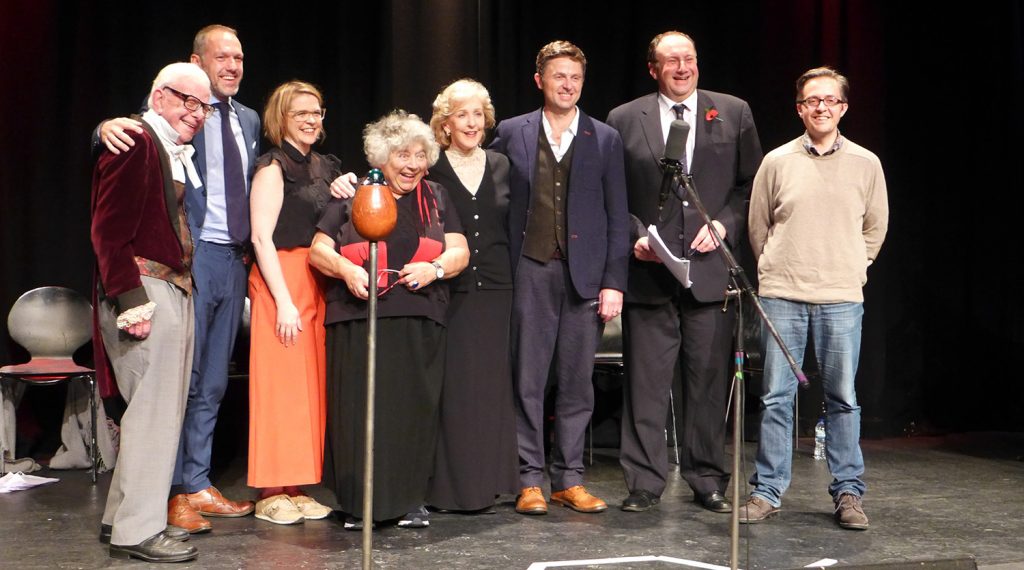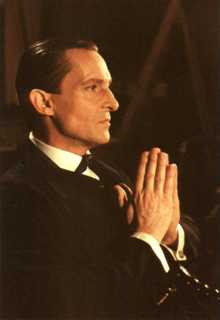The Adventures of Sherlock Holmes at the BBC – Episode 1
Background
Although the first broadcast of a Sherlock Holmes case was not until 1938 (Detectives In Fiction 1. Sherlock Holmes and the Adventure of Silver Blaze), there were a number of Holmes-related programmes prior to that story.
The first of these was a Miniature Biography of Dr Watson, broadcast at 9.20pm on Wednesday 4th December 1929 on the BBC 2LO London station and at the same time and day on the BBC 5XX Daventry station.
Early BBC transmitters
At this point, early in the BBC history, these were the two principal broadcasting stations. The BBC 2 LO transmitter was in The Strand in London. The BBC acquired it from Marconi and its name came from the number of the Post Office licence issued to Marconi. This transmitter is now preserved at the Science Museum in London. The original transmitter was replaced by a more powerful one in the Selfridges building in London’s Oxford Street in 1925, but still using the 2LO call sign. It closed down in 1930 when a number of local stations were replaced by the BBC Regional Programme. 2LO was also used by John Logie Baird for some of the early television tests.
The BBC 5XX transmitter at Daventry, opened in July 1925, and was the world’s first Long Wave transmitting station. It covered 94% of the population and was in continuous use until 1992 and is now part of the BBC’s DAB radio network. As a radio station, it was replaced in 1920 by the BBC National Programme.
Miniature Biography series
The advance announcement of the Miniature Biography series in the Radio Times indicated that the biographies might be either real or imaginary. The six programmes planned to cover William Fletcher, Dorothy Wordsworth, Dr Watson, A Witch, Lady Caroline Lamb, Father Christmas, and Mrs Grundy. Dorothy Wordsworth did not appear but in her place was Beau Brummell. Lady Caroline Lamb, was due to be broadcast on Christmas Day, also failed to appear altogether, and Father Christmas, or more properly, Santa Klaus was heard on Boxing Day (he was presumably busy the day before).
The remaining six talks were published in The Listener – the BBC’s weekly magazine that aimed to be “a medium for intelligent reception of broadcast programmes by way of amplification and explanation of those features which cannot now be dealt with in the editorial columns of the Radio Times.
Desmond MacCarthy
The biography of Dr Watson was presented by Desmond MacCarthy (1877-1952) who was associated with the Bloomsbury group, a group of English writers, philosophers, and artists who met between 1907 and 1930 in the Bloomsbury district of London.
MacCarthy began his career as a freelance journalist, moving to editorial work, drama critic, literary editor, weekly columnist and literary critic. As weekly columnist for the New Statesman known as the “Affable Hawk,” he gained a reputation for erudition, sensitive judgment, and literary excellence. He gave a number of literary talks for the BBC and the Miniature Biography of Dr Watson was one of these. He was no stranger to Sherlock Holmes and was awarded Honorary Membership of the Sherlock Holmes Society of London for his contributions to Sherlockian literature.
Dr Watson
In MacCarthy’s broadcast Miniature Biography, he tantalises us by stating that he has “elected to open up my forthcoming and profusely illustrated biography of him in the modern fashion”. This “modern fashion” to which he refers, is the embellishment of a biography with surmise and imagination rather than pure fact. “There is nothing more deceptive than an obvious fact” says Sherlock Holmes in The Boscombe Valley Mystery.
There is, of course, no such biography available, though a few have tried, most notably perhaps, Vincent Starrett in The Private Life of Sherlock Holmes (1933) , June Thomson in Holmes and Watson: A Study in Friendship (1995) , and Nick Rennison in Sherlock Holmes: The Unauthorized Biography (2005).
In his account, a twenty-minute talk for which each presenter was paid 50 Guineas inclusive of publication in The Listener, MacCarthy deduces Dr Watson’s year of birth to be 1854 but reveals little that could not be ascertained by anyone studying the Canon. The full text of his talk can be found in The Listener Historical Archive and in Editor James Edward Holroyd’s Seventeen Steps to 221B: A Sherlockian Collection by English Writers (see References).
References
BBC Genome www.genome.ch.bbc.co.uk. BBC historical listings information from 1923 to the present day.
Doyle, Arthur Conan, The Boscombe Valley Mystery, in The Adventures of Sherlock Holmes, first published in the Strand Magazine in 1891.
Holroyd, James Edward, editor, Seventeen Steps to 221B: A Sherlockian Collection by English Writers, 1967
Rennison, Nick, Sherlock Holmes: The Unauthorized Biography, 2005
“Sir Desmond MacCarthy: 1877-1952,” The Sherlock Holmes Journal 1, no. 2, (September 1952),
Starrett, Vincent, The Private Life of Sherlock Holmes, 1933
The Listener Historical Archive. Web. Contains the text of all six biographies. Access to the archive is available through some libraries.
Thomson, June, Holmes and Watson: A Study in Friendship, 1995
Note: This article may contain affiliate links. See the Disclosure and Privacy page for further information.


